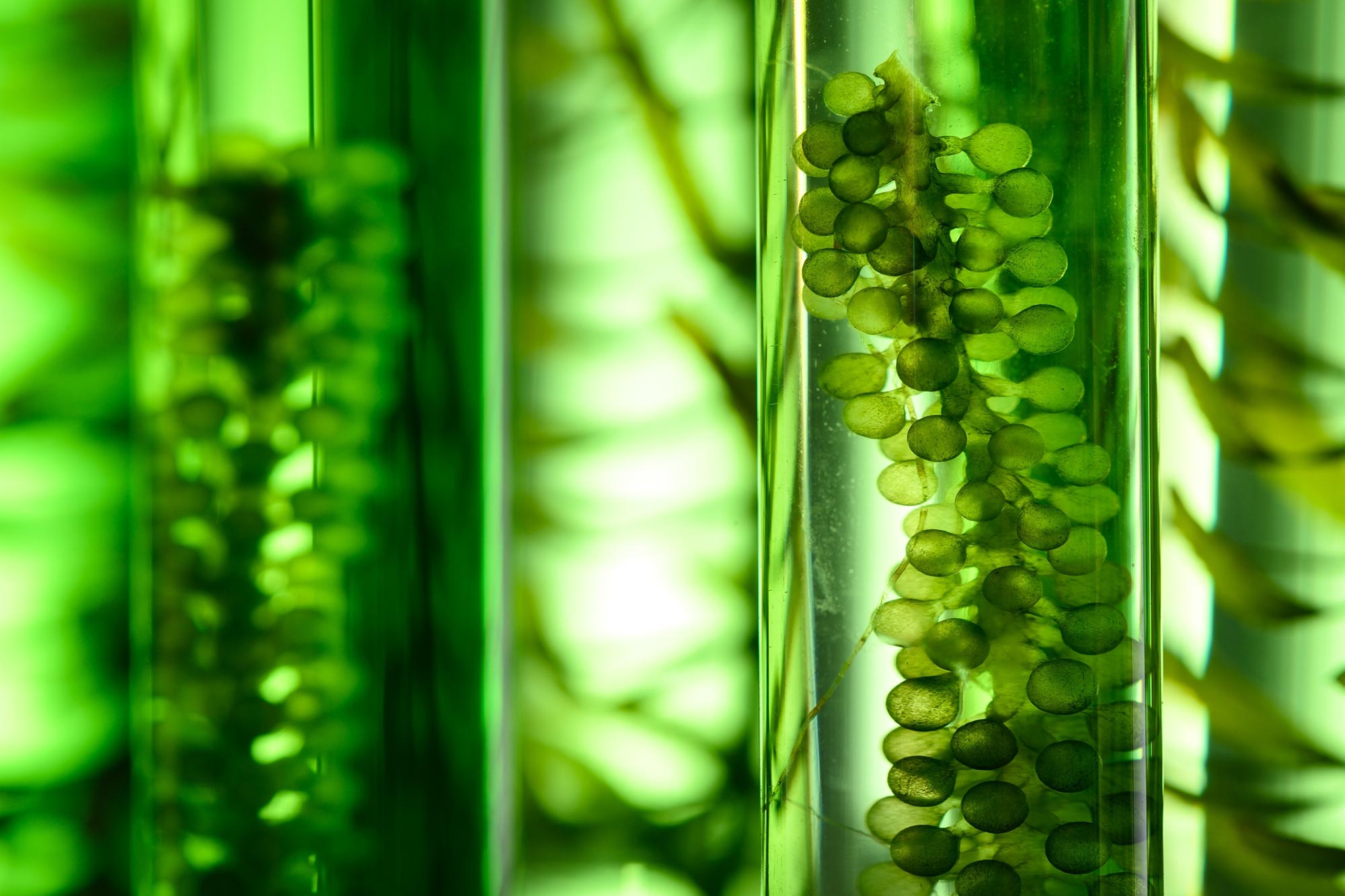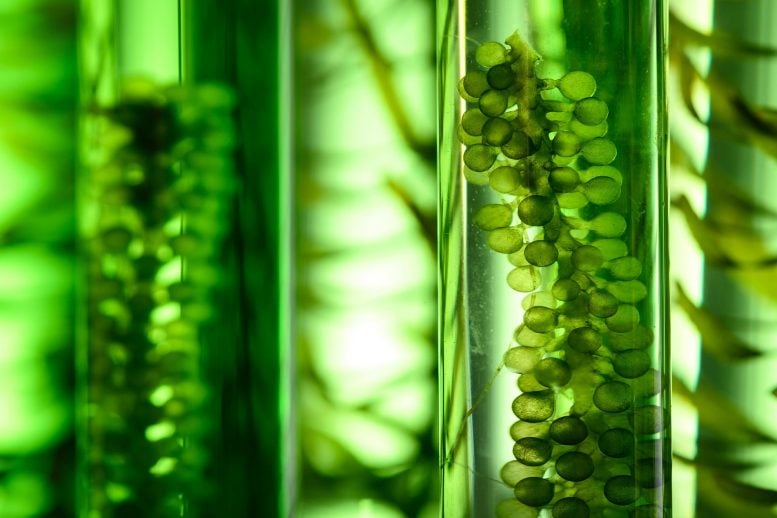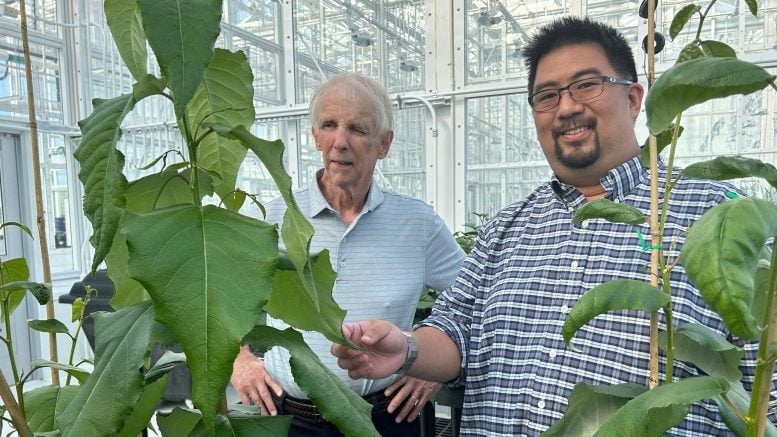

Scientists at NC State University have discovered how modifying lignin in trees using CRISPR can make them better suited for microbial fermentation to produce chemicals sustainably.
This breakthrough could replace the need for petroleum-based chemicals, offering a greener alternative that is both economically viable and environmentally benign.
Sustainable Chemical Production From Trees
Trees are one of the most abundant natural resources on Earth, and scientists at North Carolina State University are making progress in using them as sustainable, eco-friendly alternatives to producing industrial chemicals, which are traditionally made from petroleum.
A key challenge has been lignin, a polymer that makes trees strong and resistant to decay. NC State researchers have now discovered why lignin is so difficult to work with: they identified a specific molecular feature—its methoxy content—that determines how easily microbial fermentation can break down trees and other plants to produce industrial chemicals.

Advanced Microbial Fermentation Techniques
The findings put us a step closer to making industrial chemicals from trees as an economically and environmentally sustainable alternative to chemicals derived from petroleum, said Robert Kelly, the corresponding author of a paper in the journal Science Advances detailing the discovery.
Kelly’s group previously proved that certain extreme thermophilic bacteria, which thrive in places such as Yellowstone National Park hot springs, can degrade the cellulose in trees — but “not to a great extent,” he said. “In other words, not at the level that would make economic and environmental sense for producing industrial chemicals.”
As Kelly explained, “It turns out that there’s more than just low lignin at play.”
Genetic Enhancements With CRISPR
To get around the high lignin problem with trees, Kelly, the director of NC State’s Biotechnology Program and Alcoa Professor in the Department of Chemical and Biomolecular Engineering, has been working for over 10 years with Associate Professor Jack Wang, the head of the Forest Biotechnology Program in NC State’s College of Natural Resources. Wang is also a faculty member with the N.C. Plant Sciences Initiative.
As reported in the journal Science in 2023, Wang and his colleagues used CRISPR genome editing technology to create poplar trees with modified lignin content and composition. They have focused on poplar trees because they are fast growing, require minimal use of pesticides, and grow on marginal lands that are hard to grow food crops on.
Microbial Preferences and Genetic Testing
Kelly’s group found that some, but not all, of these CRISPR-edited trees worked well for microbial degradation and fermentation. As his former Ph.D. student Ryan Bing explained, it turns out that these bacteria have different appetites for different types of plants.
“We can harness the ability of certain thermophilic bacteria from hot springs in places like Yellowstone National Park to eat the plant matter and convert it to products of interest. However, these bacteria have varying appetites for different types of plants,” said Bing, who now works as a senior metabolic engineer for Capra Biosciences in Sterling, Virginia.
“The question was why? What makes one plant better than the next?” he explained. “We found an answer to this by looking at how these bacteria eat plant matter of various compositions.”
The Key Role of Methoxy Content
In a follow-up study, Kelly and Bing tested how well a genetically engineered bacterium originally isolated from hot springs in Kamchutka, Russia, Anaerocellum bescii, broke down Wang’s engineered poplar trees with markedly different lignin contents and composition.
The researchers found that the lower the tree’s lignin methoxy content was, the more degradable it was.
“This cleared up the mystery of why lower lignin alone is not the key — the devil was in the details,” Kelly said. “Low methoxy content likely makes the cellulose more available to the bacteria.”
Implications for Commercial Production
Wang had created the low-lignin poplars to be better for papermaking and other fiber products, but the recent research suggests that engineered poplars that have not just low lignin but also low methoxy content are best for making chemicals through microbial fermentation.
Wang’s engineered poplars grow well in the greenhouse, but results aren’t in yet from field testing. Kelly’s group has previously shown that low-lignin poplar trees can be converted to industrial chemicals, such as acetone and hydrogen gas, with favorable economic outcomes as well as low environmental impact.
If these trees hold up in the field and “if we keep working on our end,” Kelly said, “we will have microbes that make large amounts of chemicals from poplar trees, now that we know the marker to look for — the methoxy content.”
Future Directions and Environmental Benefits
This gives researchers, like Wang, a specific target for producing poplar lines best suited for chemical production. Wang and colleagues have recently initiated field trials of advanced lignin-modified poplar trees to address this question.
Right now, making chemicals from trees is doable by traditional means — chopping the wood into smaller pieces and then using chemicals and enzymes to pretreat it for further processing.
Using engineered microbes to break down lignin offers advantages, including lower energy requirements and lower environmental impact, Kelly said.
Microbial Advantages and Industrial Potential
Enzymes can be used to break down cellulose into simple sugars, but they continually need to be added to the process. Certain microorganisms, on the other hand, continually produce the key enzymes that make the microbial process more economical, he said.
“They also can do a much better job than enzymes and chemicals,” Kelly added. “They not only break down the cellulose but also ferment it to products, such as ethanol – all in one step.
“The high temperatures that these bacteria grow at also avoid the need to work under sterile conditions, as you would need to do with less thermophilic microorganisms to avoid contamination,” he added. “This means that the process for turning trees into chemicals can operate like a conventional industrial process, making it more likely to be adopted.”
Addressing Climate Change Through Bio-Based Solutions
Daniel Sulis, another author on the Science Advances paper and a postdoctoral researcher in Wang’s lab, said that environmental disasters fueled by climate change highlight the urgent need to conduct research that finds ways to reduce dependence on fossil fuels.
“One promising solution lies in harnessing trees to meet society’s needs for chemicals, fuels and other bio-based products while safeguarding both the planet and human well-being,” Sulis added.
“These findings not only move the field forward but also lay the groundwork for further innovations in using trees for sustainable bio-based applications.”
Reference: “Beyond Low Lignin: Identifying the Primary Barrier to Plant Biomass Conversion by Fermentative Bacteria” 18 October 2024, Science Advances.
DOI: 10.1126/sciadv.adq4941